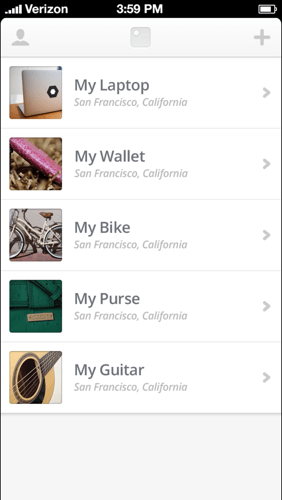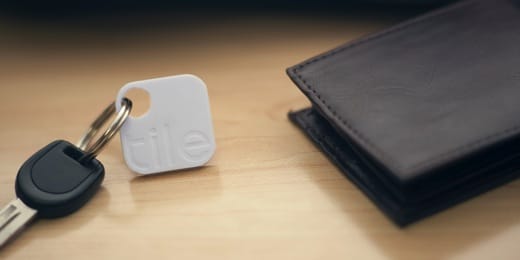I have a re-occurring conversation with my MA Design students, especially those specialising in products. It goes something like this:
Student: “I’m working on a new product/gadget/object.”
Me: “Great, but you know you’re actually building a service?”
Student: “No, no, I’m not interested in designing services. I want to design products.”
Me: “But you say your product is going to connect to a smartphone/the Internet/other objects, yes?”
Student: “Yes.”
Me: “Then you’re building a service ecosystem.”
10 Months Later
Student: “Andy, can I have a chat with you about service design? I’ve realised I need to think about the website and app and service that makes my product/gadget/object actually worthwhile.”
And there it is.
Like 10,355 other people, I just pre-ordered, and thus backed, Tile “the world’s largest lost and found”. This means that they have already raised $551,492 of their $20,000 goal with 12 days left to go. In other words, they have been 2757% backed. (This is either a Good Thing for them or an impending nightmare reminiscent of the Elevation Docks delivery times. I suspect the manufacture of the Tiles is easier to ramp up than the milled aluminium and anodised casing of the Elevation Docks, though. So, fingers crossed.)
Obviously, plenty of people have been exploring nearfield communications for some time, but it’s always been a little bit clunky and a little bit too dependent on having a phone with some kind of NFC reader. There are a few interesting aspects of Tile:
-
Assuming it works as described, it is pretty much independent. It works with Bluetooth 4.0, great for most iPhones, but not so great for Android according to the FAQ, so we’re still in that phone-model-dependent mode, but my guess is that Bluetooth will have quicker take up than RFID readers in mobile devices.
-
The find-my-item and/or make-it-ring functions are what you would expect. What is smart is the crowd/cloud-sourced searching for an item if it goes missing. Other people’s smartphones with the app will discretely search for and report the location of a missing tile. I’m not sure how or if this is going to work in background app mode, nor if hundreds of tiles are going to be located at the bottom of dumpsters and rivers as a result, but it’s a smart idea. It’s also a little scary, since I’m sure folks like the NSA love the idea of us leaving even more data breadcrumbs for them to vacuum up.
-
It’s designed to be disposable. Although they say they’re send you recycling envelope when you get a new one (and they’ll automatically remind you to order), I have mixed feelings about this. On the one hand, it’s not terribly sustainability conscious. On the other hand, it has enabled them to make the Tile waterproof, thinner and lighter. It also means you always get the latest versions each year.

Of course, the things themselves are relatively dumb without the app and the back-end Web infrastructure to make them smart and this is where the service design comes in. It is also why I think the last point above of them being replaced each year also makes some sense. It is not just a product-service system, but really product-as-service or maybe even service-as-product. If they came up with some kind of subscription model where you get new Tiles each year automatically (perhaps deactivating your old ones, once activated or even being able to transfer details over like restoring an iPhone), you have a complete service system.
Conversely, if the app and Web services suck, it won’t matter how great the technology of the Tiles themselves is, they will just end up as expensive key fobs.

I wish Mike Farley and Nick Evans the best of luck with fulfilling this first huge batch of orders. Not least because I want my ones, but mainly because it will be interesting to see what happens when a critical mass of these kinds of things hit the market for everyday use.

